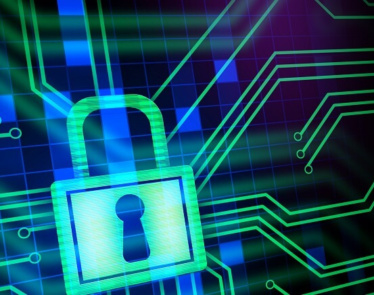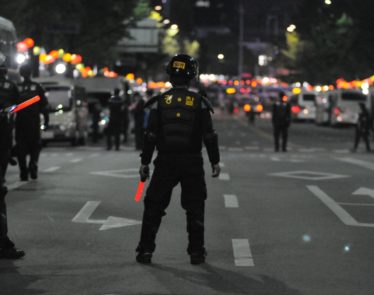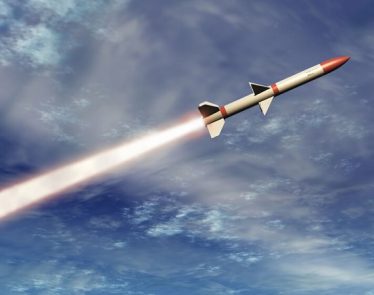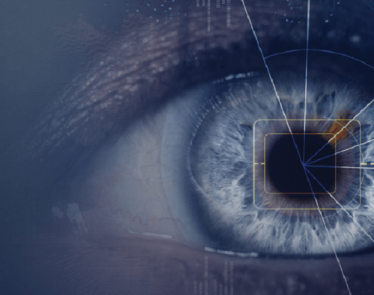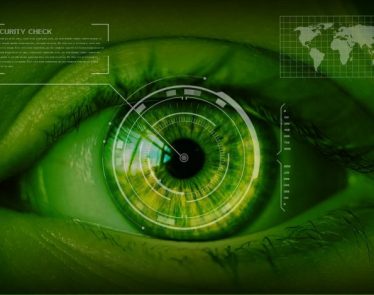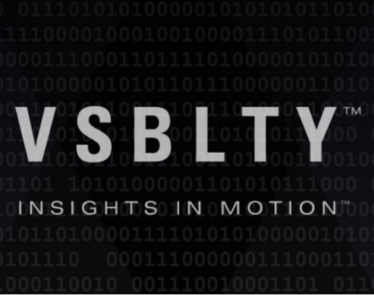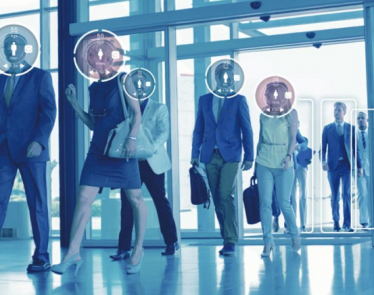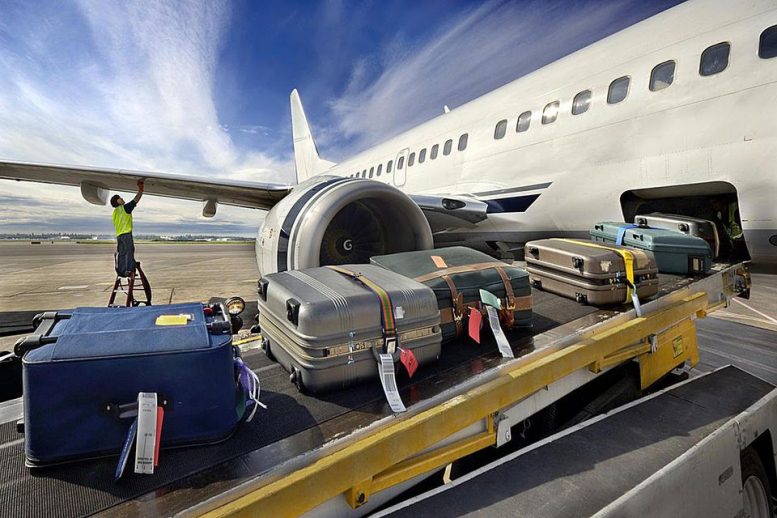
Technology development firm Astrotech (NASDAQ:ASTC) have today announced that their explosives trace detector has been accepted for testing by the Transportation Security Administration (TSA) in the United States.
The TRACER-1000 detector, developed by Astrotech subsidiary 1st Detect, uses mass spectrometry to detect trace explosives within containers. In other words, it can tell if a package contains a bomb without needing to open it. It’s been picked up by the TSA for use in its Air Cargo Screening Technology Qualification Test (ACSQT) program.
Astrotech stocks jumped at the news, at one point rising up 34.9% from the day before. Prices currently sit at $2.59 USD, bringing Astrotech’s market cap to $10.9M.
>> A New Space Race | Three Small Space Investments to Make Right Now
In 2007, the 9/11 Commission Act was brought in, which required that 100% of passenger aircraft luggage be scanned for explosives. Since then, air traffic has increased, and the challenge for airport security has been rising. Astrotech say that the development of this new technology will help transportation agencies to ‘stay ahead of evolving threats’.
So what makes this technology better than the x-ray detectors currently used in airports around the globe? For one thing, the TRACER’s scanning method is non-radioactive, unlike the potentially dangerous x-rays used in current detection technologies. It is also extremely precise, offering what 1st Detect say is ‘laboratory-quality performance’ at a low-cost price. Plus, anyone who has walked through an airport security check will know that x-ray machines are pretty bulky, while the TRACER detector’s transportability allows it to be used beyond the airport baggage check.
>> United-Guardian Plans to Offer Higher Returns to Investors
In addition to detecting explosives, TRACER is able to identify a wide range of narcotics including fentanyl. This makes it ideal for use by medical response teams and law enforcement in addition to border and airport security.
Astrotech holds three main subsidiaries: 1st Detect, Astral Images and Astrogenetix. Between them, the companies use and develop a range of technologies for use in defense and security, imaging and film software and therapeutic products derived from microgravity experiments in space. Despite releasing promising 2nd Quarter Fiscal Year 2018 results last February, the company has faced disappointing stock performance over the past year. If testing of the TRACER-1000 produces positive results, it could mark a key turning point for the company.
Featured image: Tripsavvy/Lester Lefkowitz/Stone/Getty Images





